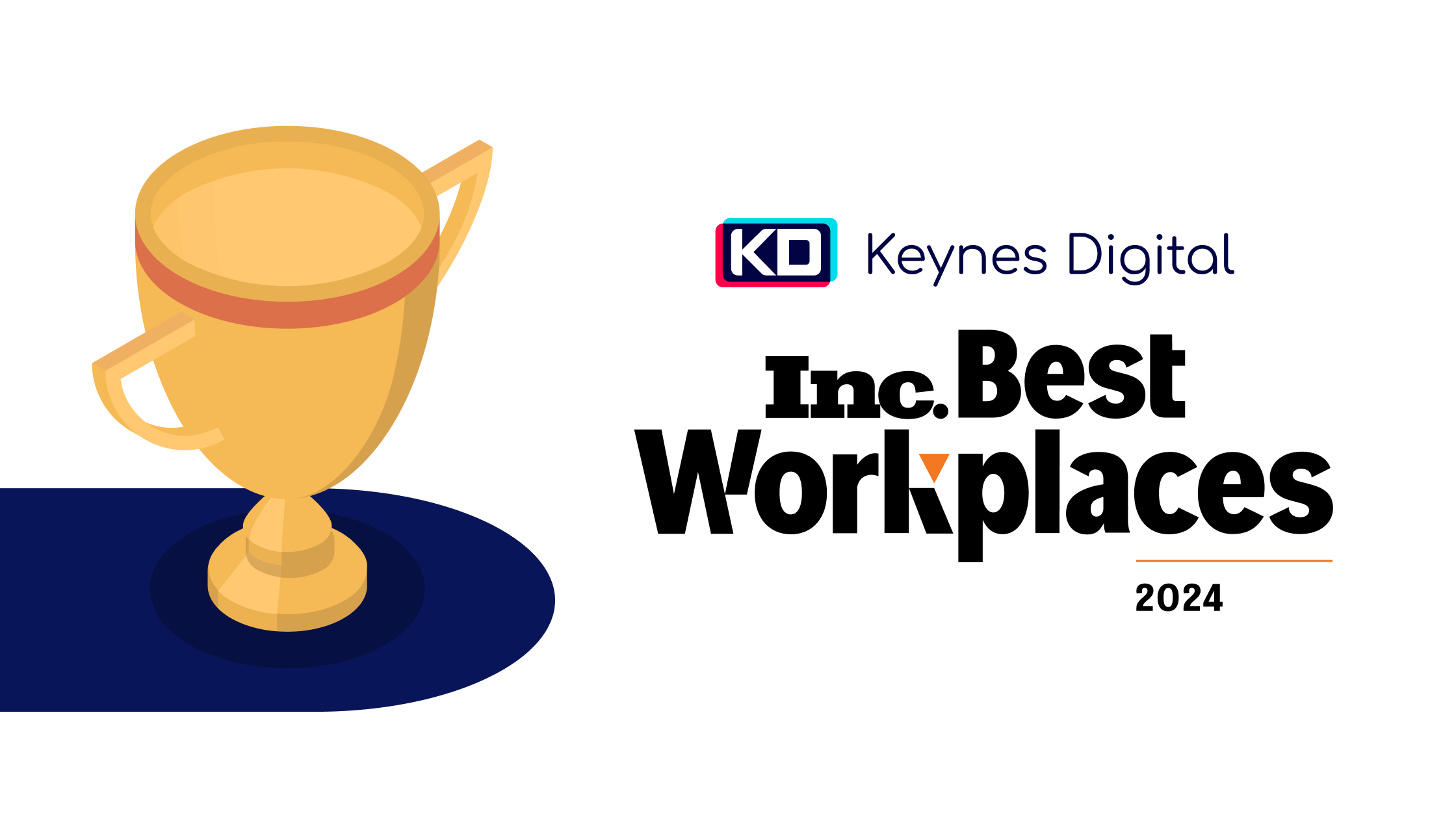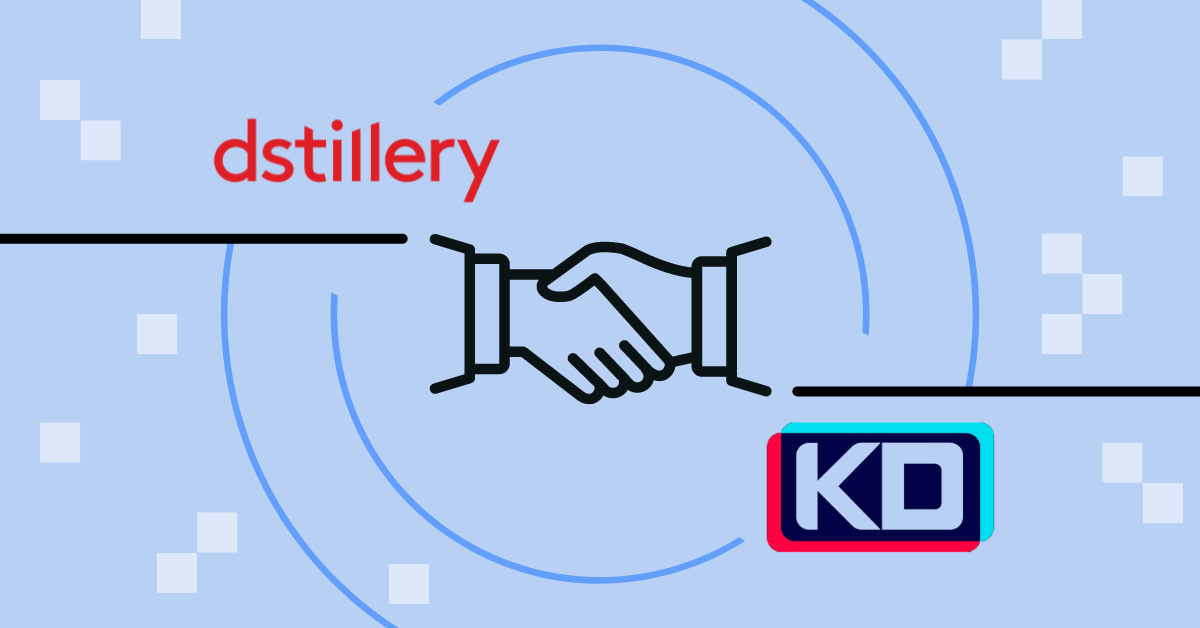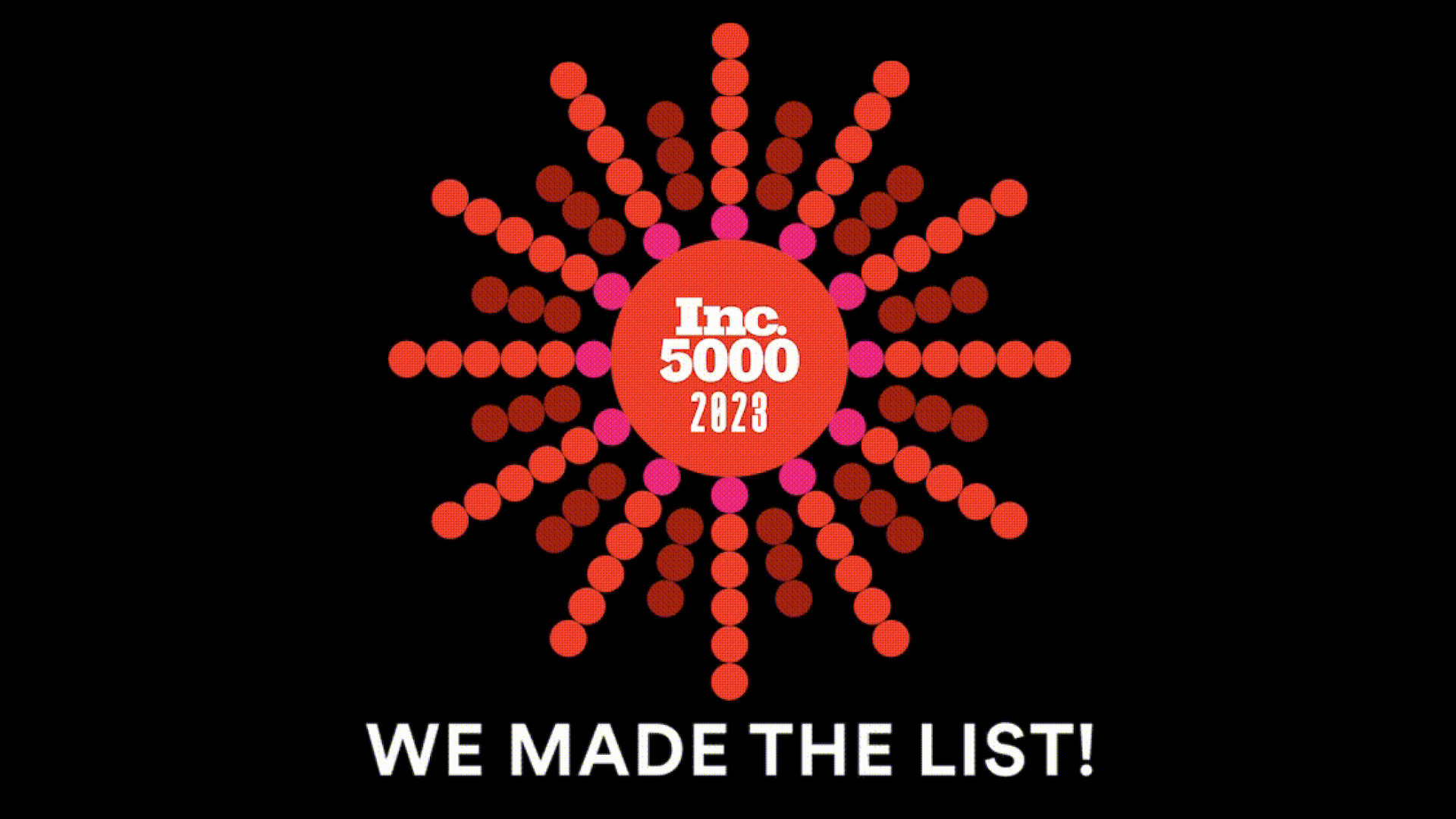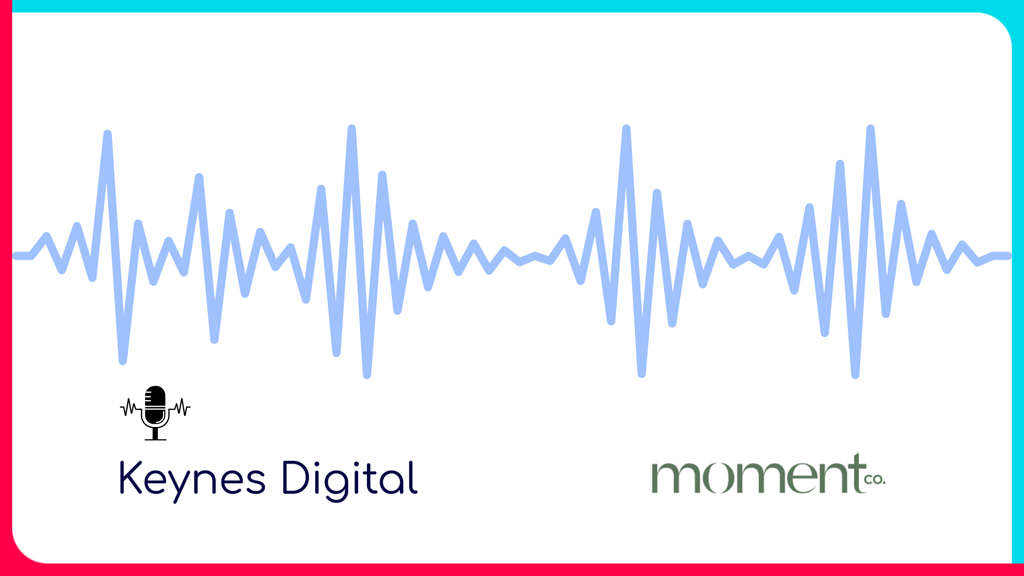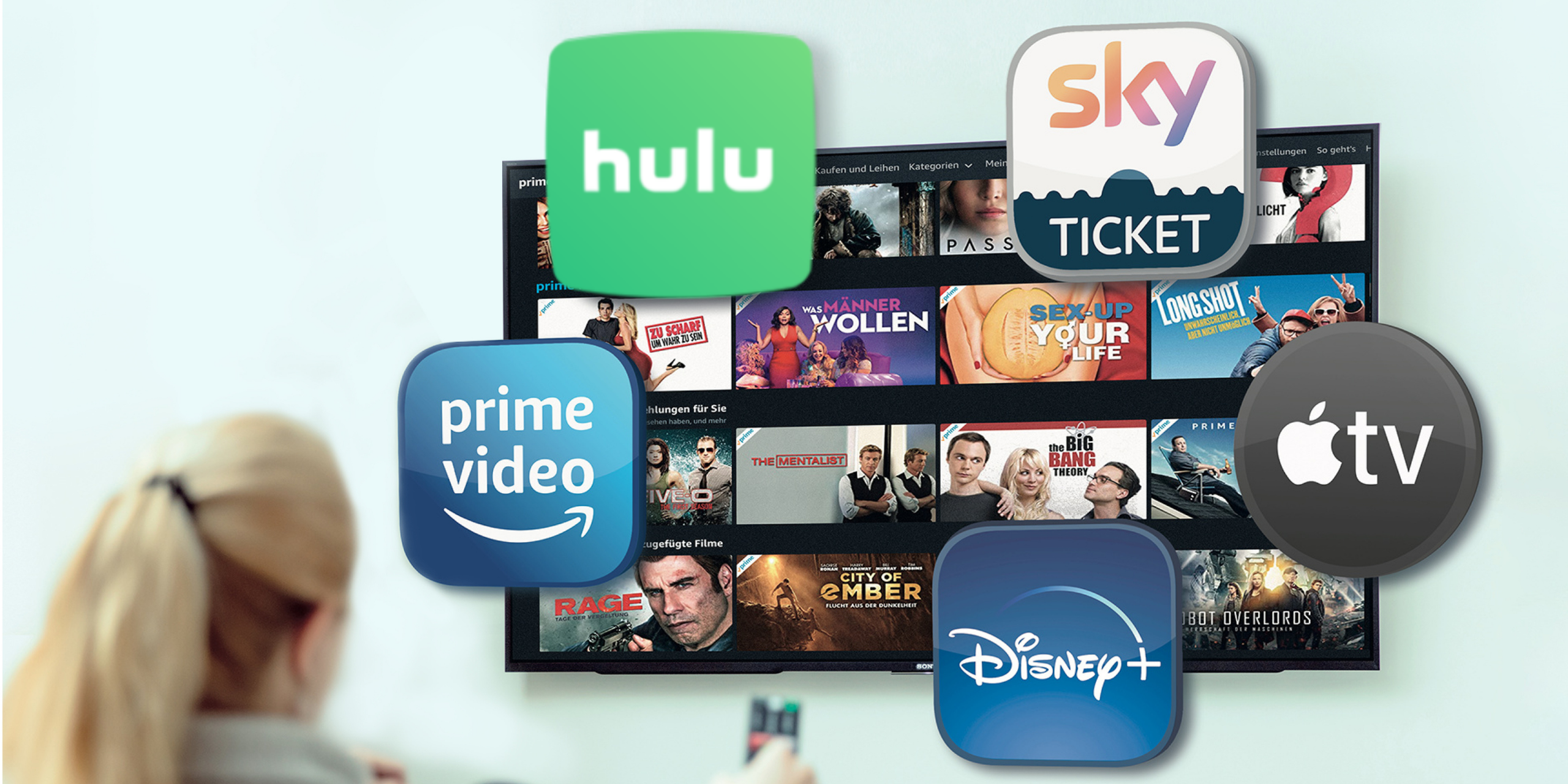Connected TV Advertising Statistics
What is Connected TV? Connected TV is any kind of device that connects to the internet and assists in streaming video content. Some may use Connected TV vs OTT (Over-The-Top) as one meaning. However, OTT refers to content that is streamed over the Internet.
How does Connected TV advertising work? Connected advertising uses video ads to reach consumers. Connected TV advertising statistics show that 105.3 million houses are connected to the internet with Connected TV. As a result, it’s believed that up to 81% of all U.S. households will have Connected TVs by the end of 2021. More people are moving towards these devices since they are more convenient and affordable than ever before.
Connected TV advertising growth is something to keep an eye on because it is growing over time. In 2020, the US CTV ad spending totaled around $8.11 billion, according to eMarketer, and that number is expected to continue to grow to around $11.36 billion by the end of 2021. Even better, by 2024, it’s projected to grow even higher to around $18.29. That is over double the spend in 2020, showing how quickly households are converting to CTV and how fast advertising is changing in this field.
What’s a Connected TV advertising example? When you watch any TV show on your Smart TV, there is normally a 15 or 30-second commercial. This will be displayed before and during the show being played. This is a great example of CTV advertising and how it can be used.
Connected TV Ad Spend
Connected TV advertising platforms now target cord-cutters and cord-nevers, which are two groups of consumers. The first group has now canceled all traditional TV services, such as satellite or cable television. They switched over to internet-based streaming instead. The second group hasn’t ever had traditional cable or satellite service and is reliant on internet-based streaming services.
Connected TV advertising platforms are usually applications for the major Connected TV providers and Connected TV networks. For example, a TV ad agency may decide to place an ad through Hulu or ESPN. This allows the ads to be focused on one group of viewers, the viewers who use this particular service and network.
The overall Connected TV advertising spend depends on the specific companies working together. The Connected TV advertising market size is up to 204.1 million viewers and growing by 2022, so reaching the total number of people that you want will depend on the amount you want to spend. Usually, Connected TV ad spend starts at a minimum level based on bidding.
CTV advertising is a type of private marketplace deal, which means that only certain advertisers will be invited to promote themselves on the applications. They can then bid on placing ads in specific sections of an app or website, sub-sections, or in formats that are not typical for traditional ads.
The bids themselves are made in an auction-like environment. Since marketers look for specific placements, the likelihood is that they can enjoy auctions with fewer bidders and thus lower ad placement rates.
For agency-based ad placements, expect to spend a minimum of $10,000 for placement. However, most agencies expect as much as $25,000 as a minimum spend. There are usually low targets for ads per view, usually around $.50 to $1 per view, for any publisher with a high Cost-Per-Completed-View. Remember that the total completion rates for these ads are high at around 80 to 97%, so viewers really are seeing that content.
Connected TV Demographics
Today, there are two primary Connected TV demographics. These include people who have used traditional services in the past (cord-cutters) and those who have never used traditional services (cord-nevers). These two groups make up the primary audience types that advertisers look to reach. Usually, the first group is made up of older individuals, while the second group is younger and more familiar with internet streaming on the whole.
The Connected TV definition explains that CTV has premium programming and is more convenient for viewers. Some Connected TV examples include:
- Smart TVs
- Roku TVs
- Amazon Firesticks
- PlayStation
Connected TV households continue to grow. With 105.MM Connected TV households in America by the end of 2021, it’s easy to see how Connected TV viewership will also continue to become more prevalent. Connected TV usage is at an all-time high presently, and it continues to grow as new generations obtain these services.
Connected TV Advertising Companies
CTV and OTT are different but much of the time used as overlapped terms, which is something to know before looking for CTV advertising companies or OTT advertising companies. Connected TV companies are a subset of OTT companies. Based on the Connected TV advertising definition, these companies specifically work with ads aimed at televisions that have the capability of streaming videos that are available through the internet. An example of a current CTV advertising company is Keynes Digital. OTT companies, on the other hand, are “over-the-top” companies that focus on any kind of streaming content that can be accessed through the internet. Both may advertise across multiple devices such as through Smart TVs, Roku, Fire TV, Xbox and Playstation.
It’s important to recognize the difference between Connected TV vs OTT strategies.
Ad-supported Video-On-Demand app usage was up 74% between March and April of 2020 while CTV ad spending remained largely the same. Traditional use dropped. What’s the difference?
To start with, CTV ads cannot be skipped. The ads are promoted to a premium audience base and deeper down into a marketing funnel. These ads are also not clickable, so the advertisements have to make the user want to interact with the business or its products.
CTV and OTT overlap in the sense that OTT is the content being viewed on a CTV device. However, the other form of OTT are more general and not necessarily aimed at premium TV users, with the best example being Youtube. There are over 820 million OTT devices in America as of 2020, so people of all ages and walks of life may view those ads. Screen size is also a potential issue for this form of OTT ads. Since the ads may be on smaller screens than the CTV screens, the file sizes have different requirements. This form of OTT ad is typically only viewed on a smartphone or tablet, which a CTV ad can be viewed on the same devices but on premium TV network platforms. These OTT ads may also be clickable, due to being available online via a computer, tablet, or mobile phone.
For the best of both worlds, many advertising agencies suggest blending both CTV and OTT ads.
Connected TV Advertising Trends
Connected TV advertising trends are expected to accelerate through 2021 and beyond. This is largely thanks to high Connected TV growth.
Connected TV trends 2021 can come to expect new tactics for reaching buyers, such as associating with specific premium channels to reach larger audiences. Advertisers are expected to purchase CTV inventory to reach a greater portion of the population.
To back up these Connected TV trends, Connected TV statistics show that CTV ad impressions were up 55% in the third quarter of 2020, so audience-based buying will continue to be the norm in the future. There may be a new, uniform standard for CTV identification this year, which helps aim for a specific consumer demographic even more tightly and safely than ever before.
Some advanced advertising tools may become more important to those looking to place ads. Pre-bidding is starting to become popular, and it is expected that more publishers will prioritize their technology partners thanks to the popularity of CTVs. SpotX’s adtech partner, found CTV to be the company’s fastest growing sector with an ad spend increase of 367%. Ivan Markman, the chief business officer for Verizon Media, believes that CTV must remain prominent, because it is part of an omnichannel approach to marketing.
Another important factor that has grown within the years are the Connected TV advertising stocks. Connected TV advertising stocks include The Trade Desk (TDD), Roku (ROKU), Google (GOOGL) and Alphabet (GOOG). These are some to watch if you’re investing in CTV advertising this year. Ad-supposed streaming services are expected to continue to grow. For example, YouTube’s share of the CTV market is expected to grow from 18.5% to 20%. It believes that its ad revenue from the CTV market will double within the next two years. Roku and The Trade Desk are proposed as some of the best bets in terms of stocks with the potential for great growth over the next few years, but others mentioned here are also expected to see a rise in stock value.
Industry Expert Insights
We are your high-touch, performance-focused streaming TV and programmatic advertising partner. Our team of experts and a one-of-a-kind data-driven platform connects you to the best streaming TV marketing strategies.


